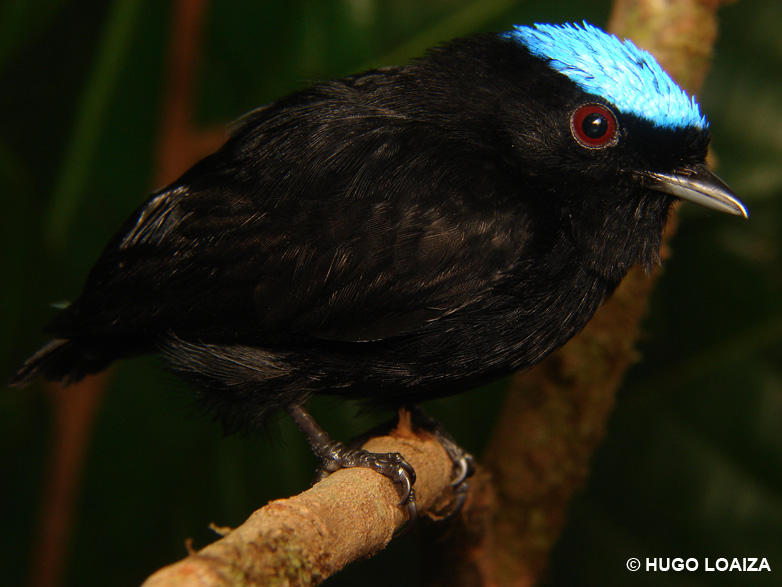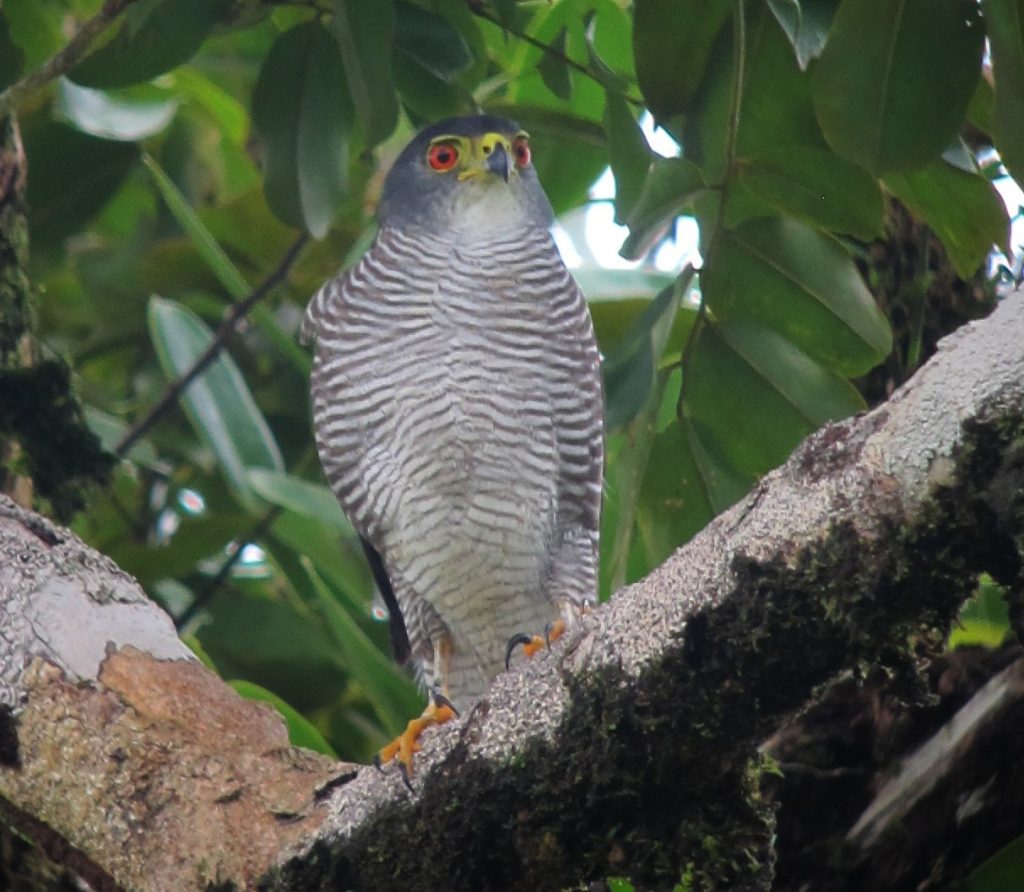
It’s that time again! This year the American Ornithological Society’s committee on Classification and Nomenclature of North and Middle American Birds (the NACC) published its new 64th supplement.
Changes in taxonomy of birds are due in large part to new genetic data analysis resulting in certain species being lumped together or split from one another, changes often based on geographical differences in morphology, vocalizations or mtDNA. We now have these tools available to us that have allowed for an ongoing taxonomic re-correction process from corrections made in the first half of the 20th century. For those of us working in the field of avian ecology, change can be difficult, but I have often found myself adapting to these changes in the spirit of keeping up with the times!
A list of all the taxonomic changes for the Osa Conservation Area (ACOSA) can be found below. Two new changes have been made to include one genus change for the Tiny Hawk, and one split for the Blue-crowned Manakin. See below for the changes and new names. The Blue-crowned Manakin has a new name but it is the only new name you will have to get used to this year if you live or bird in or near the OSA region!

A New Genus for the Tiny Hawk
Accipiter superciliosus is now Microspizias superciliosus
This species was formerly included in the genus Accipiter but osteological characters place the Tiny Hawk in a separate genus; Microspizias (Olson 2006).
Genetic analysis shows that Microspizias is not closely related to Accipiter sensu stricto (Kocum 2006, Hugall and Stuart-Fox 2012, Oatley et al. 2015, Mindell et al. 2018). The Tiny Hawk now follows the Double-toothed Kite (Harpagus bidentatus) in sequential order.
Photo: By Félix Uribe from Rionegro, Antioquia, Colombia – Accipiter superciliosus / Azor diminuto / Tiny Hawk (female), CC BY-SA 2.0, https://commons.wikimedia.org/w/index.php?curid=119035179

A Split for the Blue-crowned Manakin: A New Genus and a New Name
Blue-crowned Manakin (Lepidothrix coronata) is now Velvety Manakin (Lepidothrix velutina) in Costa Rica.
Blue-crowned Manakin (Lepidothrix coronata) is now split into:
- Blue-capped Manakin (Lepidothrix coronata) located in western Amazonia
- Velvety Manakin (Lepidothrix velutina) ranges from the Pacific slope of Costa Rica and Panama south to northwestern Ecuador
Lepidothrix velutina is now considered to be a species separate from L. coronate based on differences in vocalizations, as well as plumage and genomic differences.
We follow the American Ornithological Society (AOS) as the official source for taxonomy and nomenclature of birds found in this region. This ‘Taxonomic Redux’ incorporates changes through the 64th supplement – 7th edition to the checklist of North and Middle American birds.
